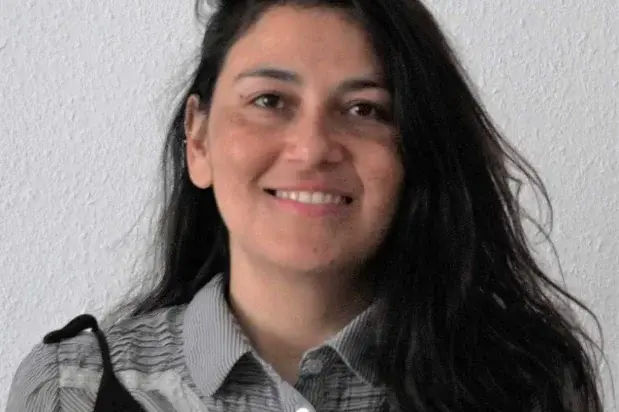Dalila Muñoz Lira

Dalila Muñoz Lira is an art historian from the University of Chile. In 2022 she defended her doctoral thesis “Photography and propaganda in the Chilean civil-military dictatorship: Photographs to reorient memory. 1973-1980”, which is in the process of being published. She is currently researching “Female subjectivities in times of revolution, counterrevolution and resistance. The cinematographic work of Angelina Vázquez, Valeria Sarmiento and Marilú Mallet, 1973-1990”. Some preliminary results have been presented in Costa Rica (Calas) and in Lima (Memory Studies Association). Dalila is also a member of "Rayuela Kollektiv" whose central project, the "Archive of the Chilean Exile in Germany" is available on the collective 's website.
"Female subjectivities in times of revolution and counterrevolution. The cinematographic work of Angelina Vázquez, Valeria Sarmiento and Marilú Mallet, 1973-1990."
The decade of the 60s is crossed by changes and transformations framed in the context of the Cold War, the Cuban revolution, the processes of anticolonial struggle and the emergence of two new social, cultural and political actors: youth and women. The new youth culture bursts in hand with the emergence of new visual and acoustic aesthetics, the exploration of new substances, the use of the contraceptive pill and sexual liberation whose effects marked and defined their subjectivities and bodies. In Chile at this time, the questioning of gender norms, the Chilean University Reform, hippie movement, as well as the emergence of political parties that began to look with skepticism at the “stage-based”, “adult-centric” and “electoral” character of other parties converged (González, 2010).
Cinema would not be exempt from the thematic and theoretical discussions that took place in the political-cultural field, and that in its specific field investigated the search for its own and situated view. Distancing itself from the Hollywood production and influenced by the theories of dependency and decolonisation, the idea of Third Cinema was born. Cinema that does not only seek to create from the south, but to become a tool to liberate consciences. Cinema that does not refer to an exclusively geographical category, since by imitating the established model one could be making the first world cinema in the third world (Bossay, 2013).
This climate of political commitment that gave rise to the New Latin American Cinema made possible, in turn, the gestation of the New Chilean Cinema (Mouesca, 1997; France, 1990).
At the end of that same decade, three young women began to study film in Chile in a budding, though male-dominated scene: Marilú Mallet (1944), Valeria Sarmiento (1948) and Angelina Vázquez (1950). Passionate about the dizzying changes of the era, they ideologically subscribed to or were close to different trends of the left, and to feminism, but without a loud pronouncement. Some of their works were produced in the heat of the Unidad Popular, as they were later produced in the various countries where they had to go into exile: Finland, France and Canada.
Did the revolutionary ethos of the time have an effect on the place that women would occupy in the UP’s emancipatory project? This research aims to focus on the work of these filmmakers from their political and gender subjectivities in times of revolution, counterrevolution and resistance.